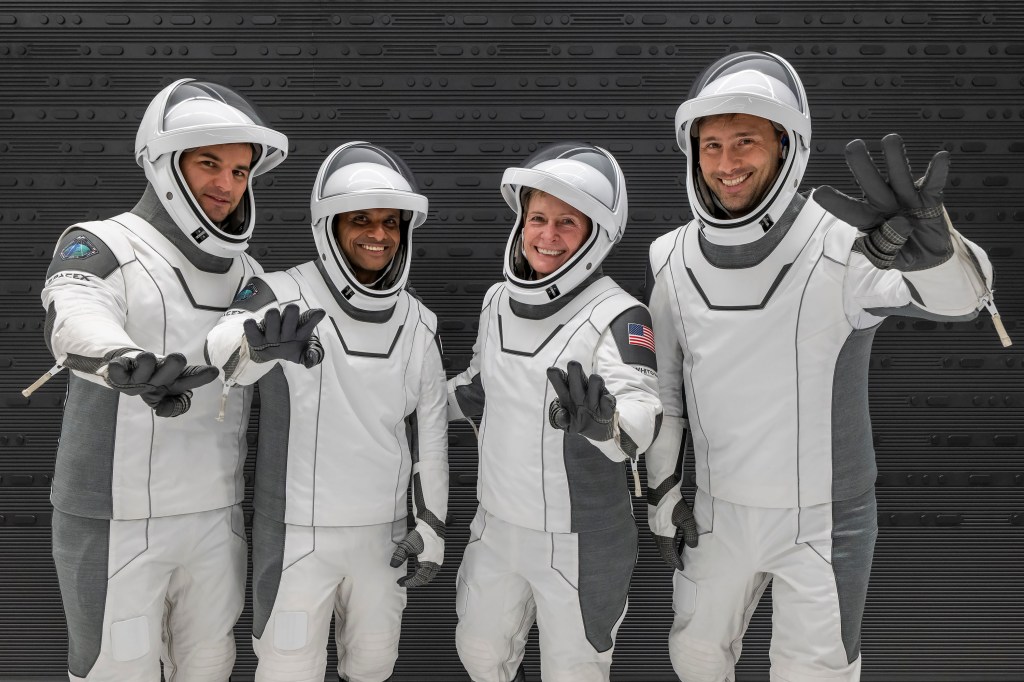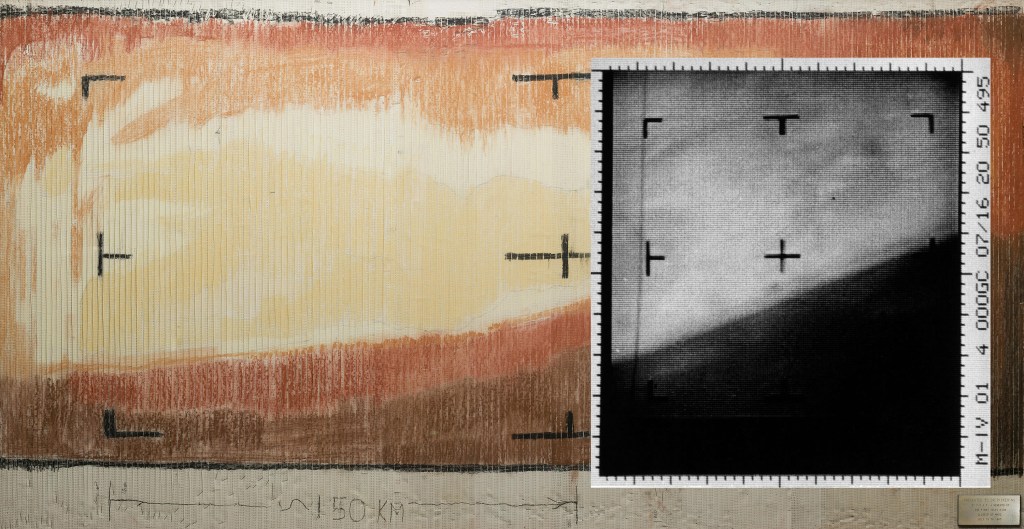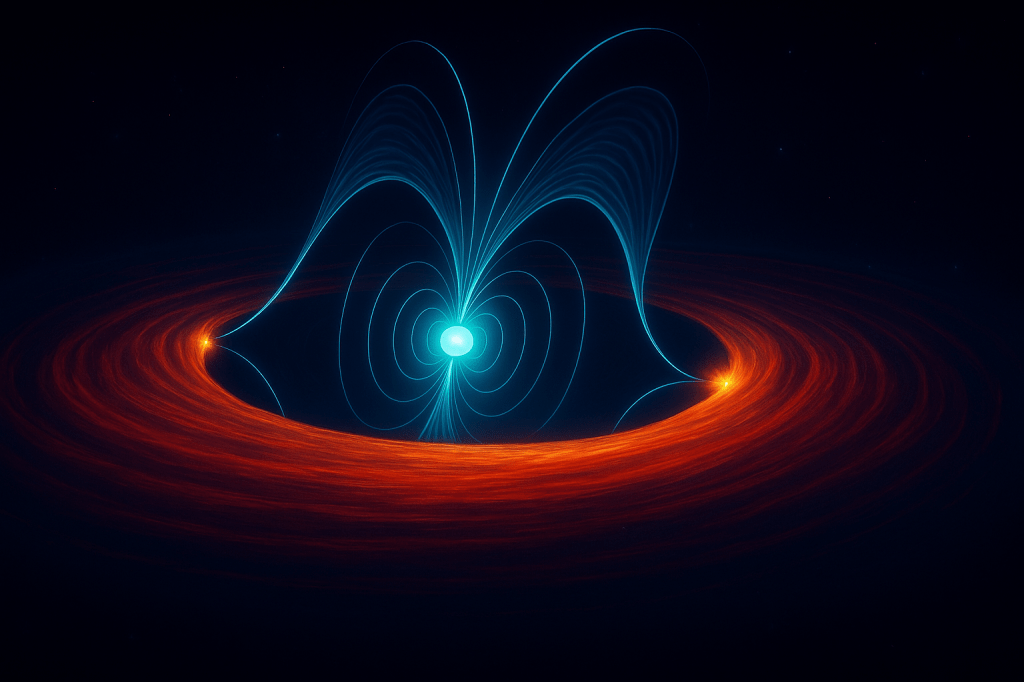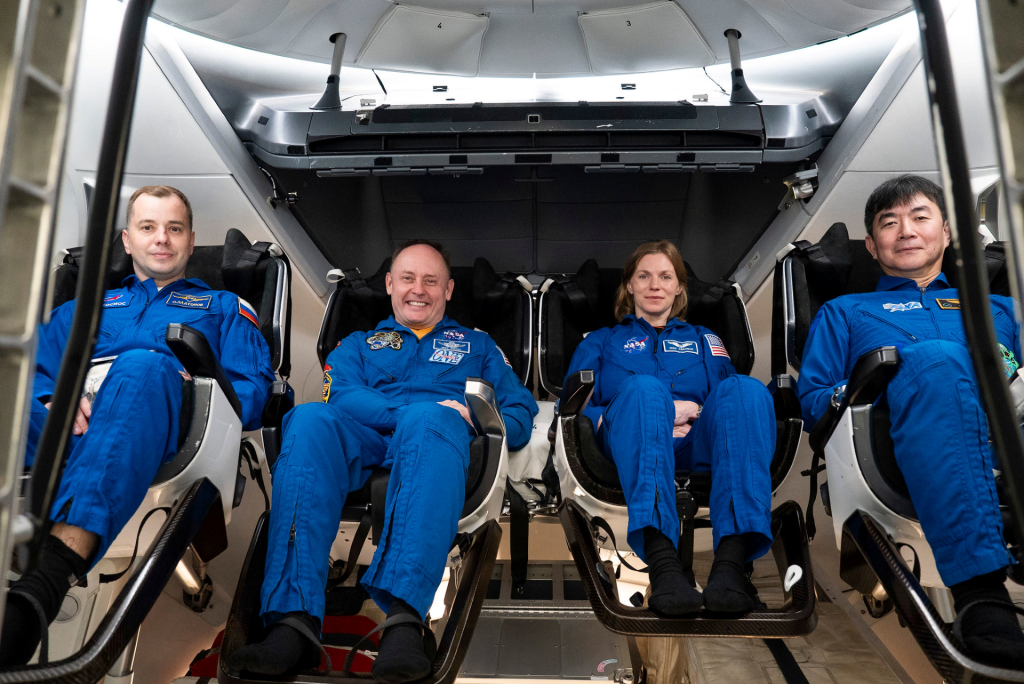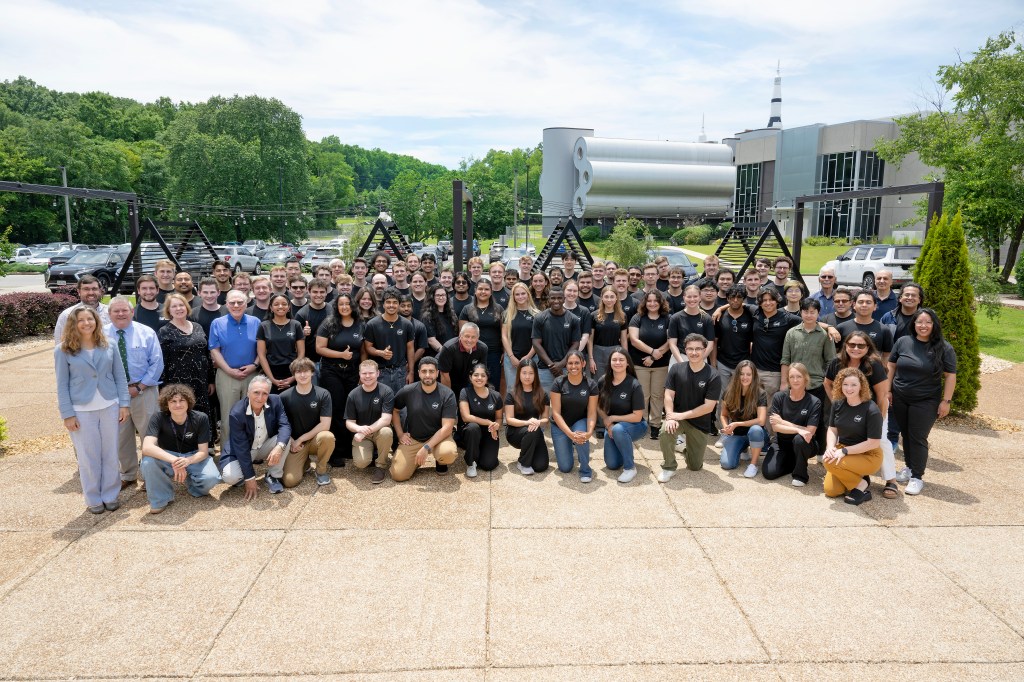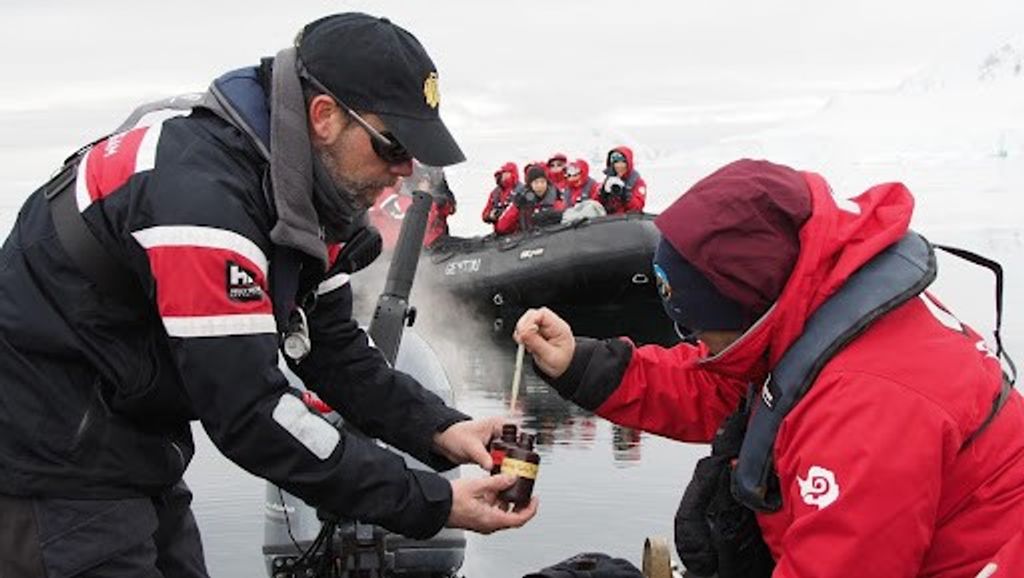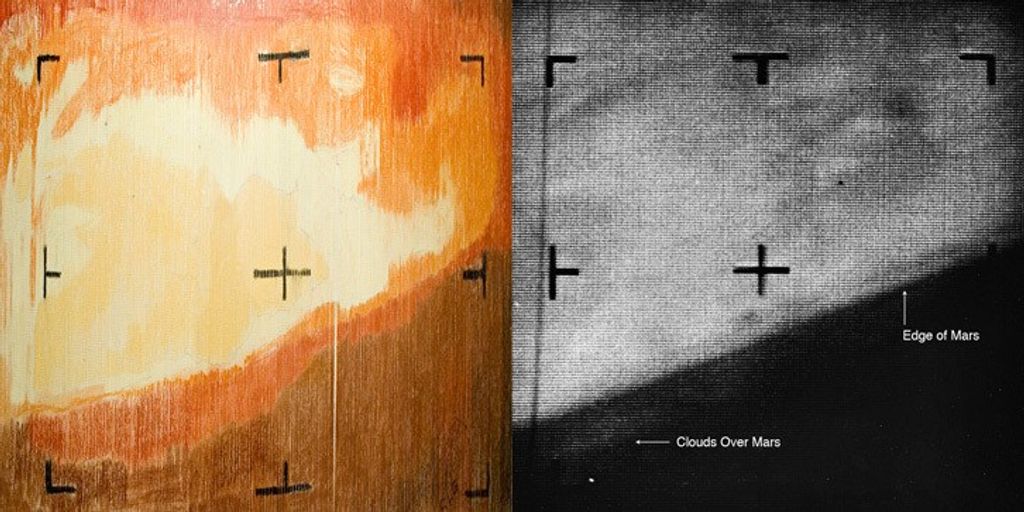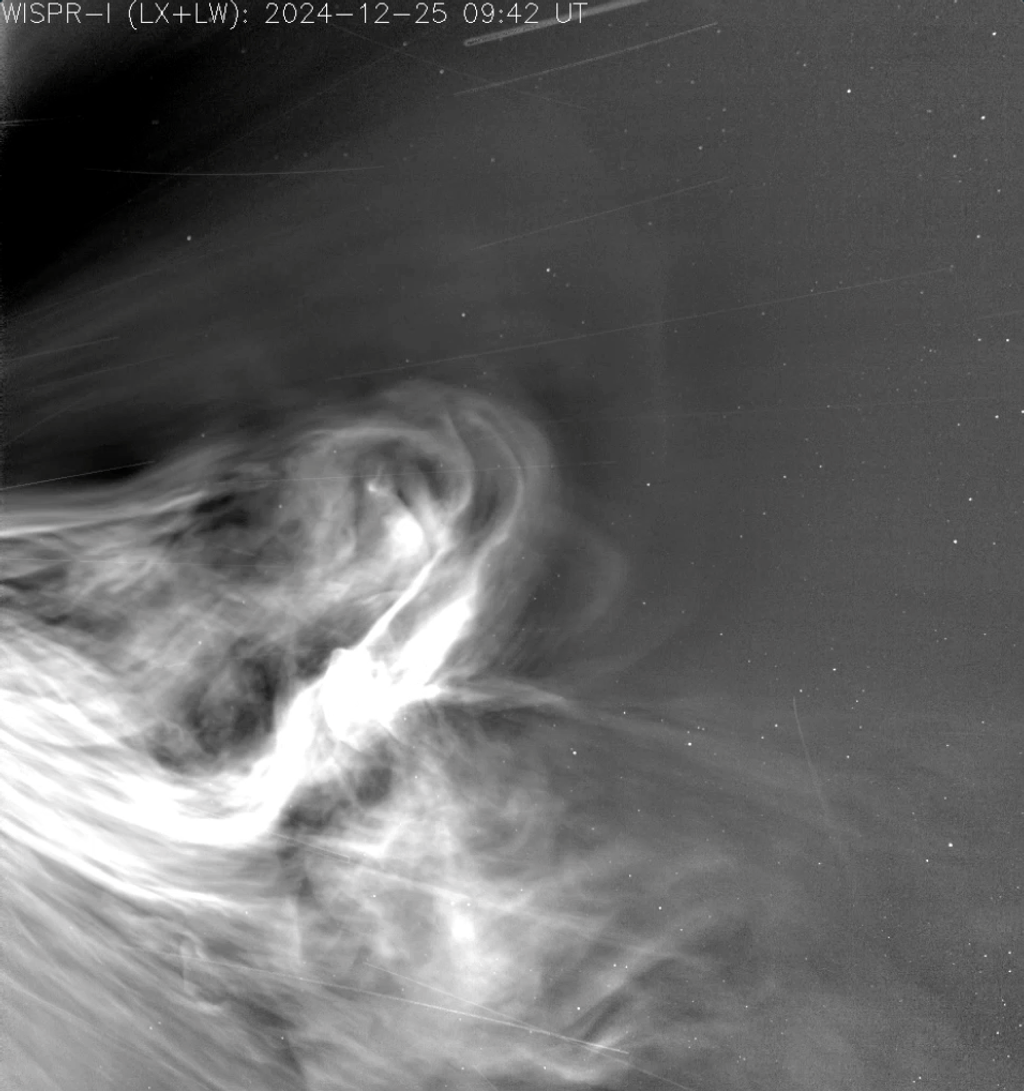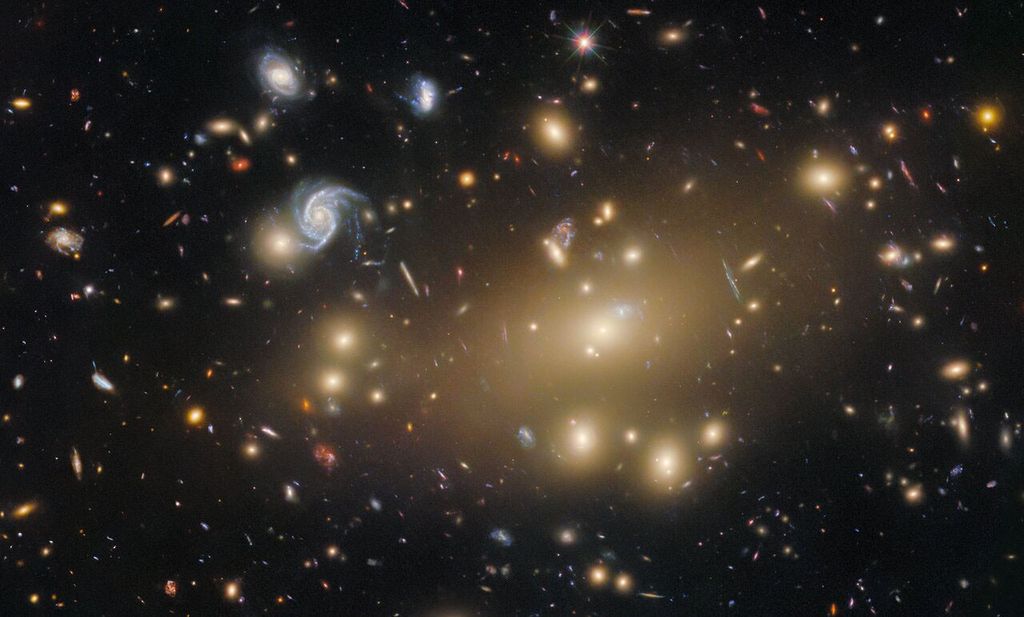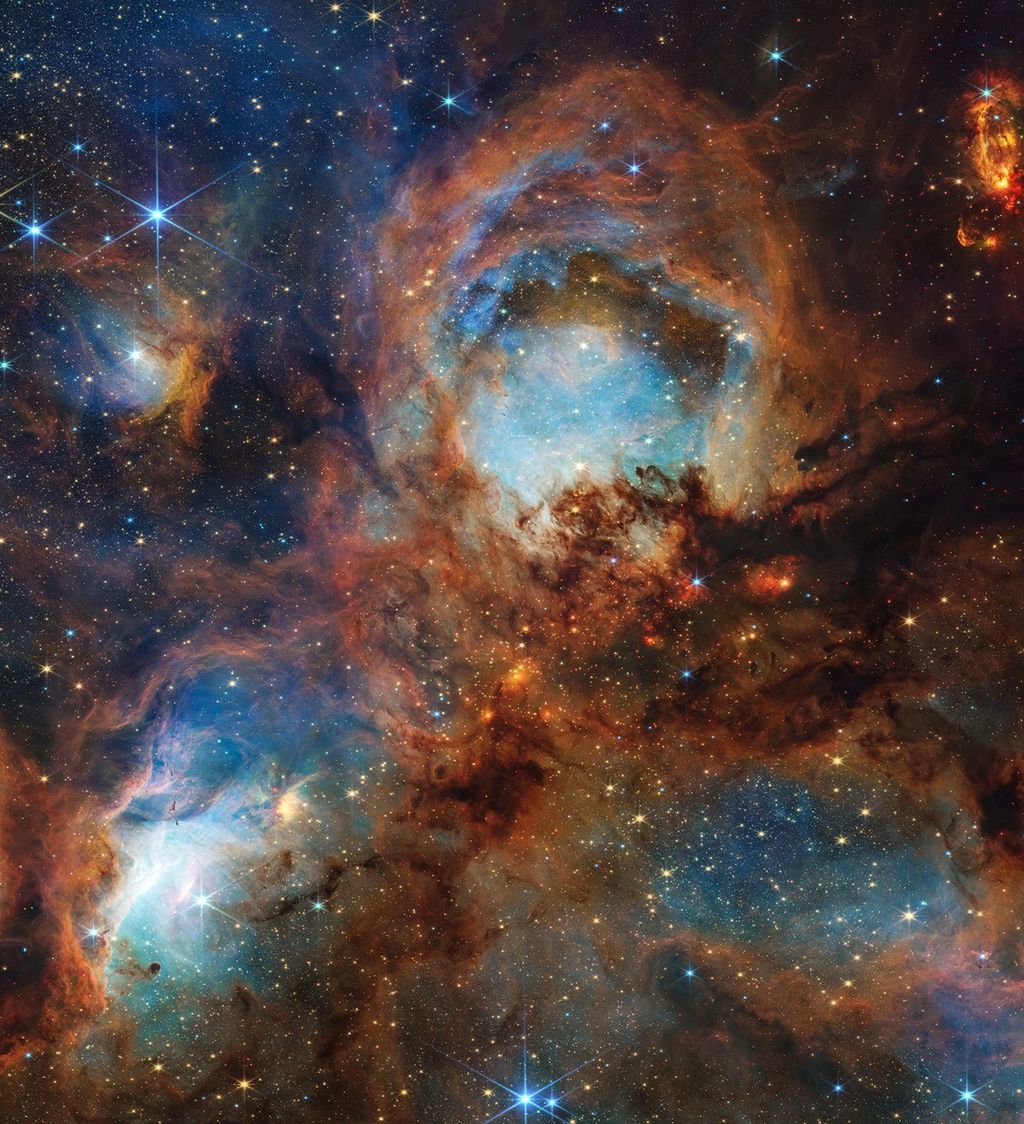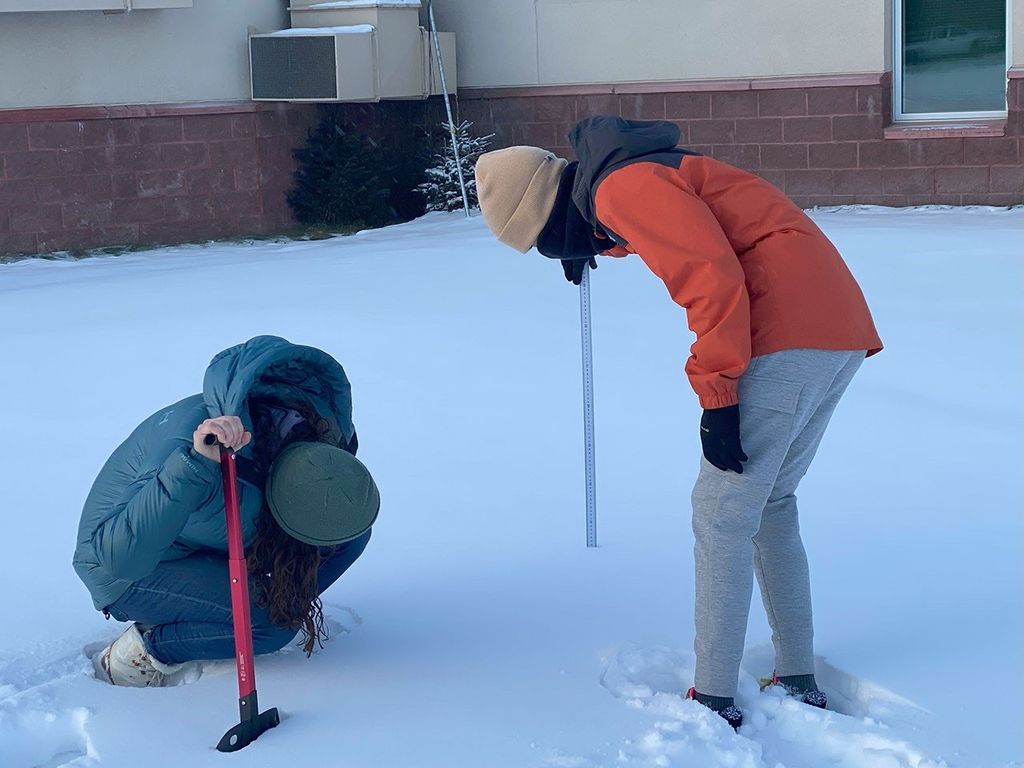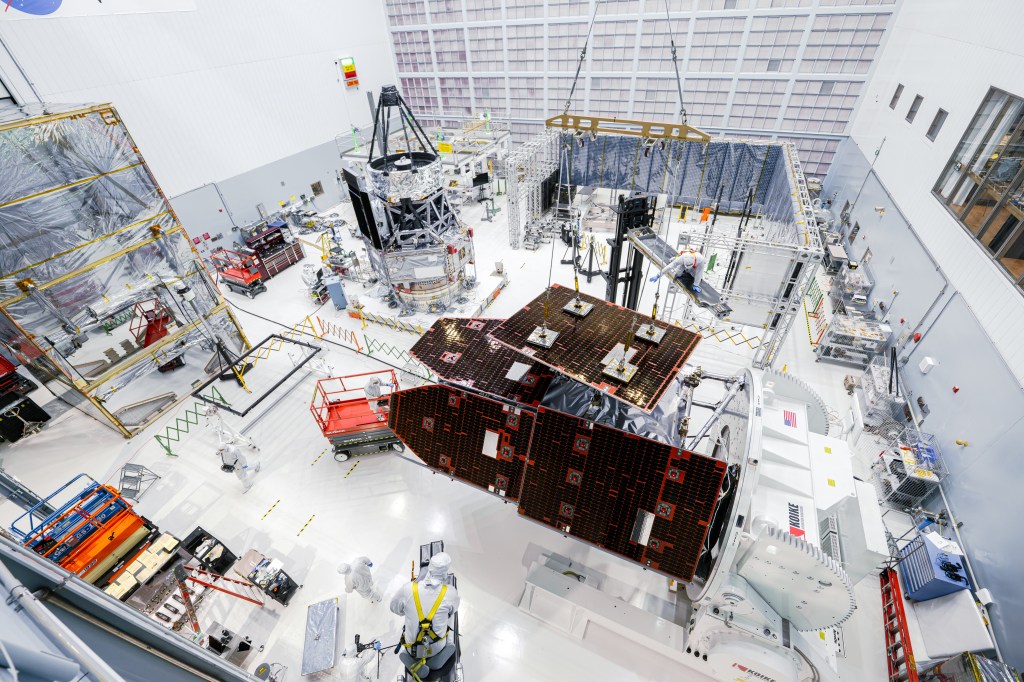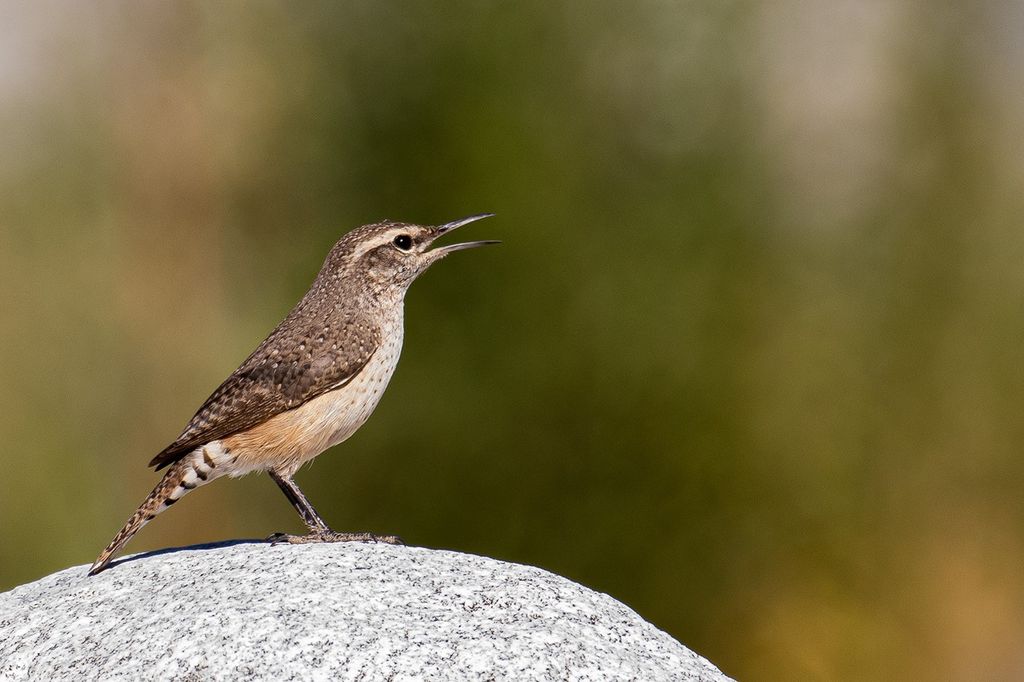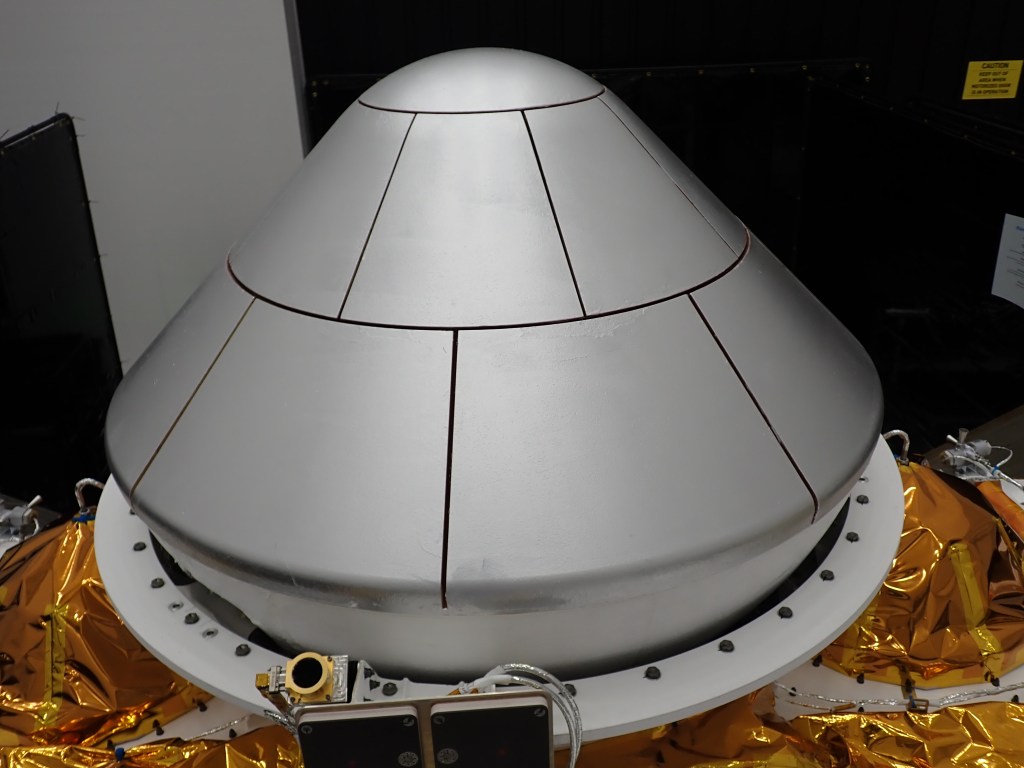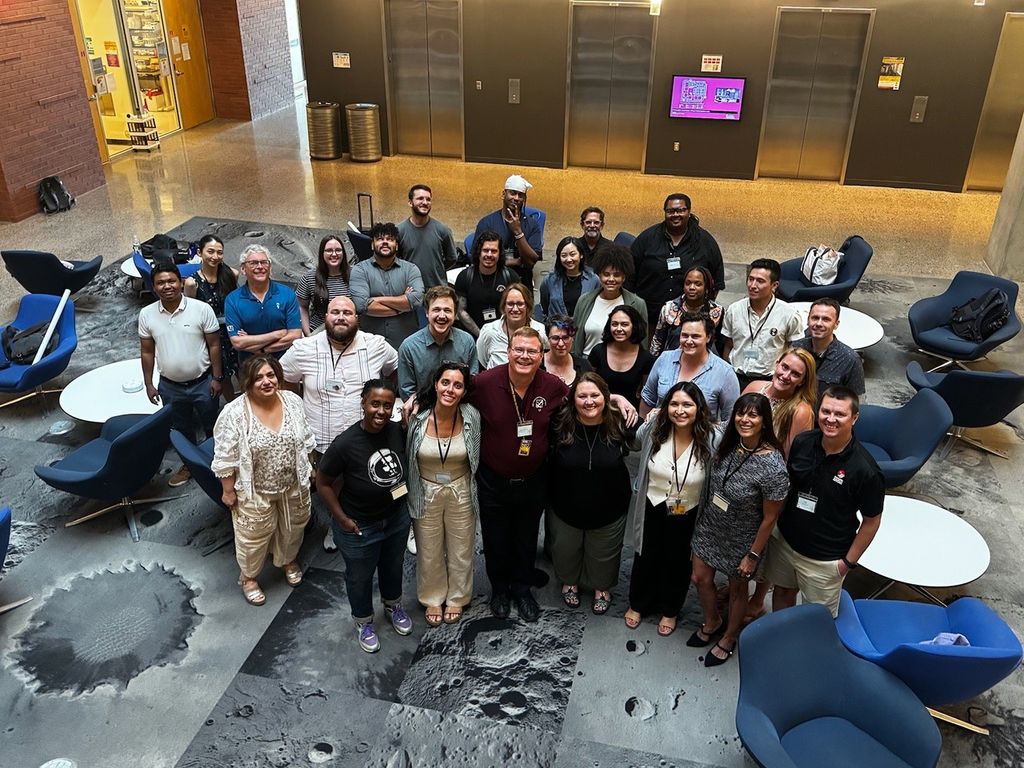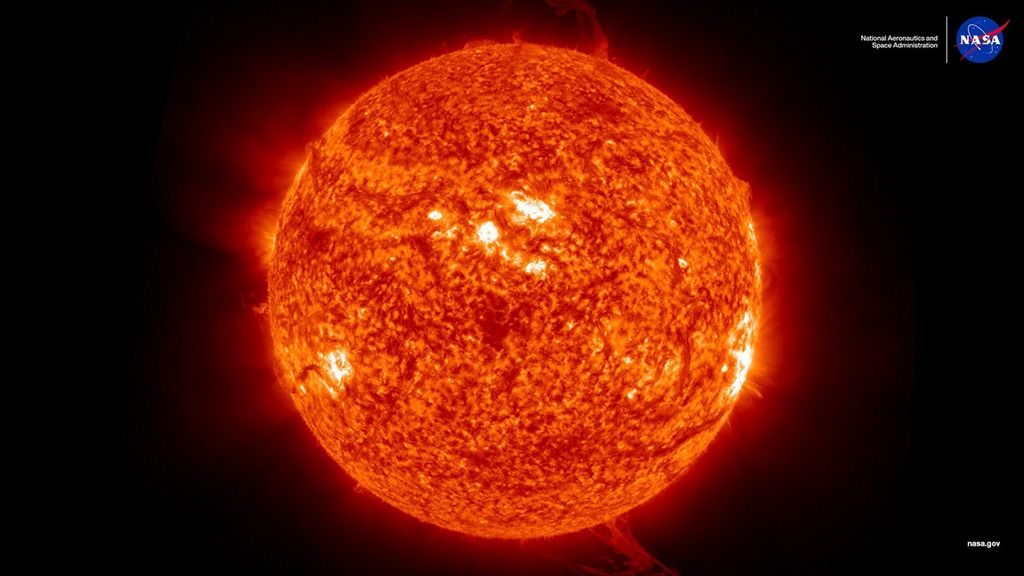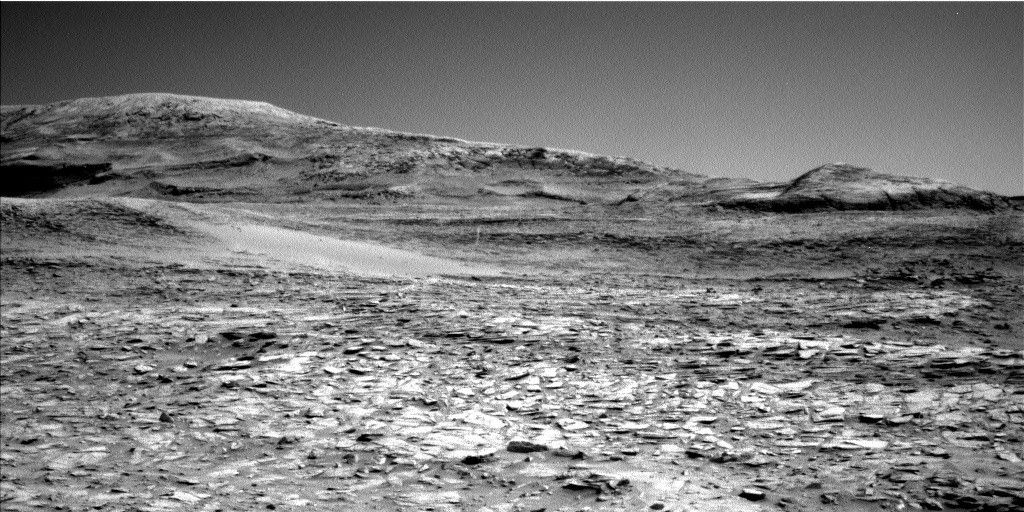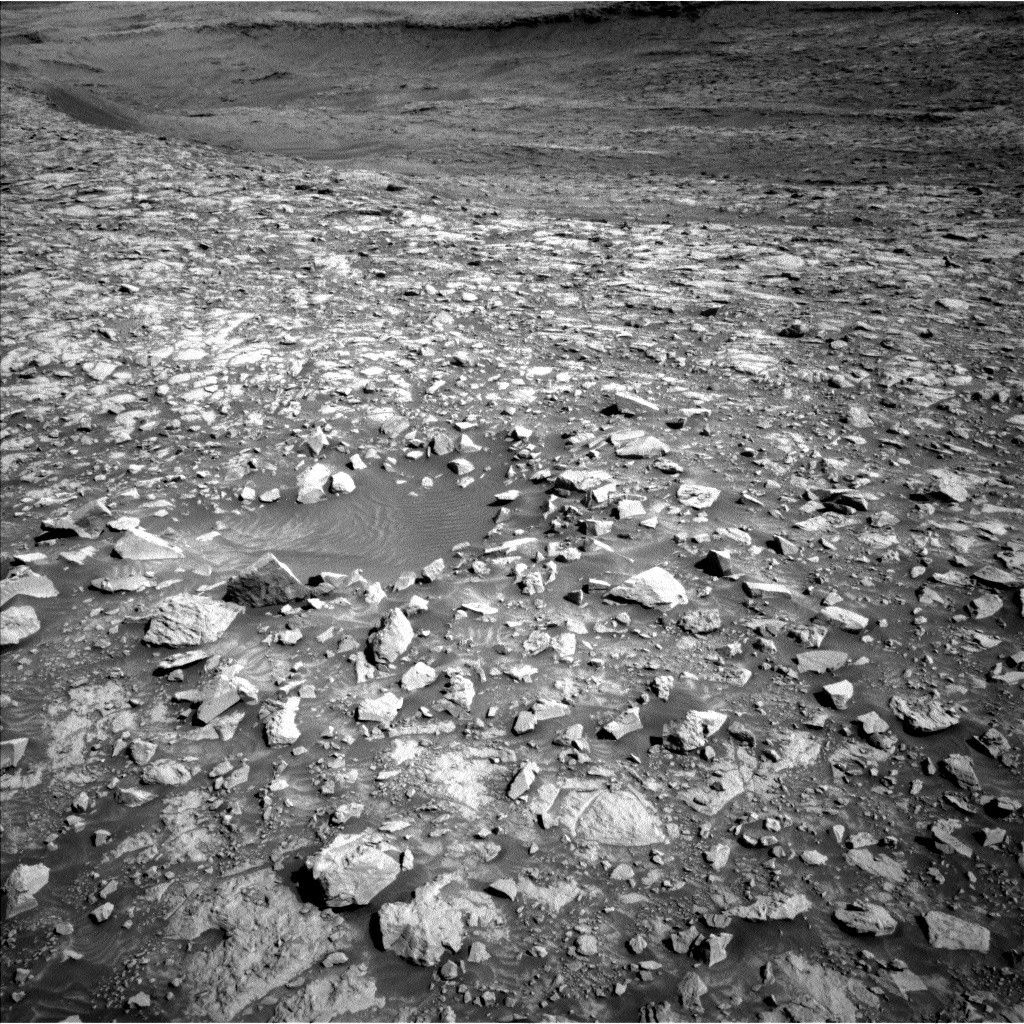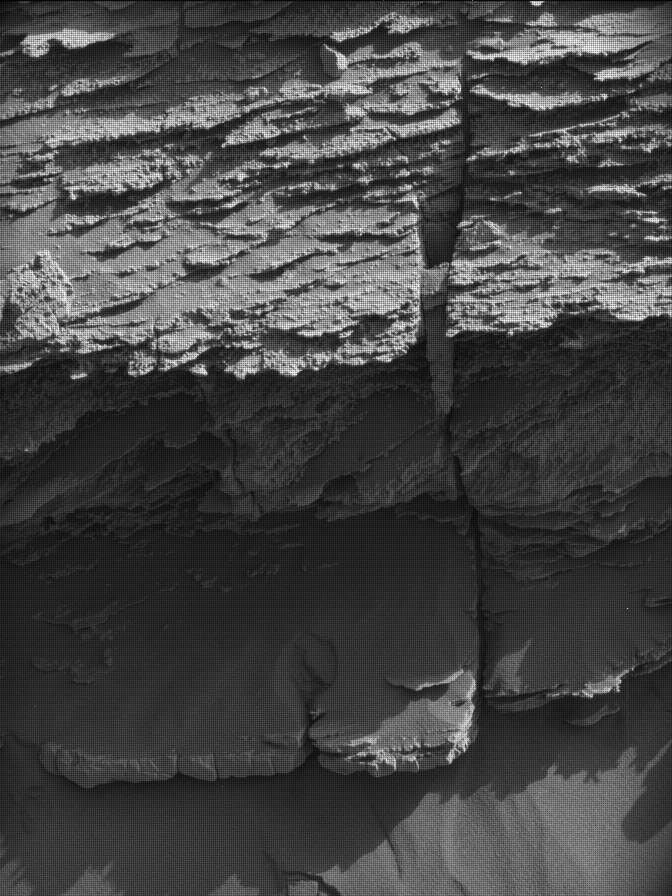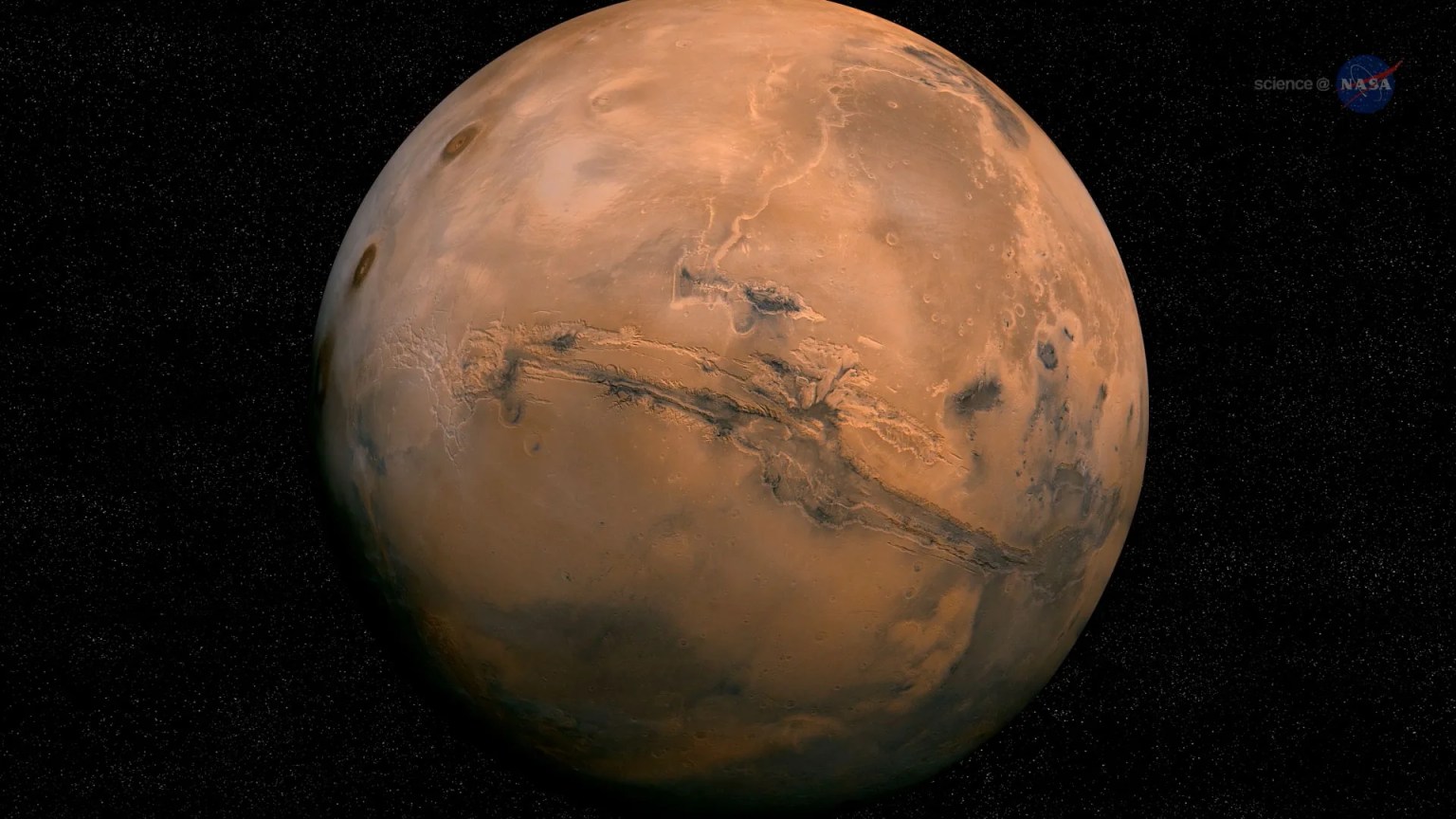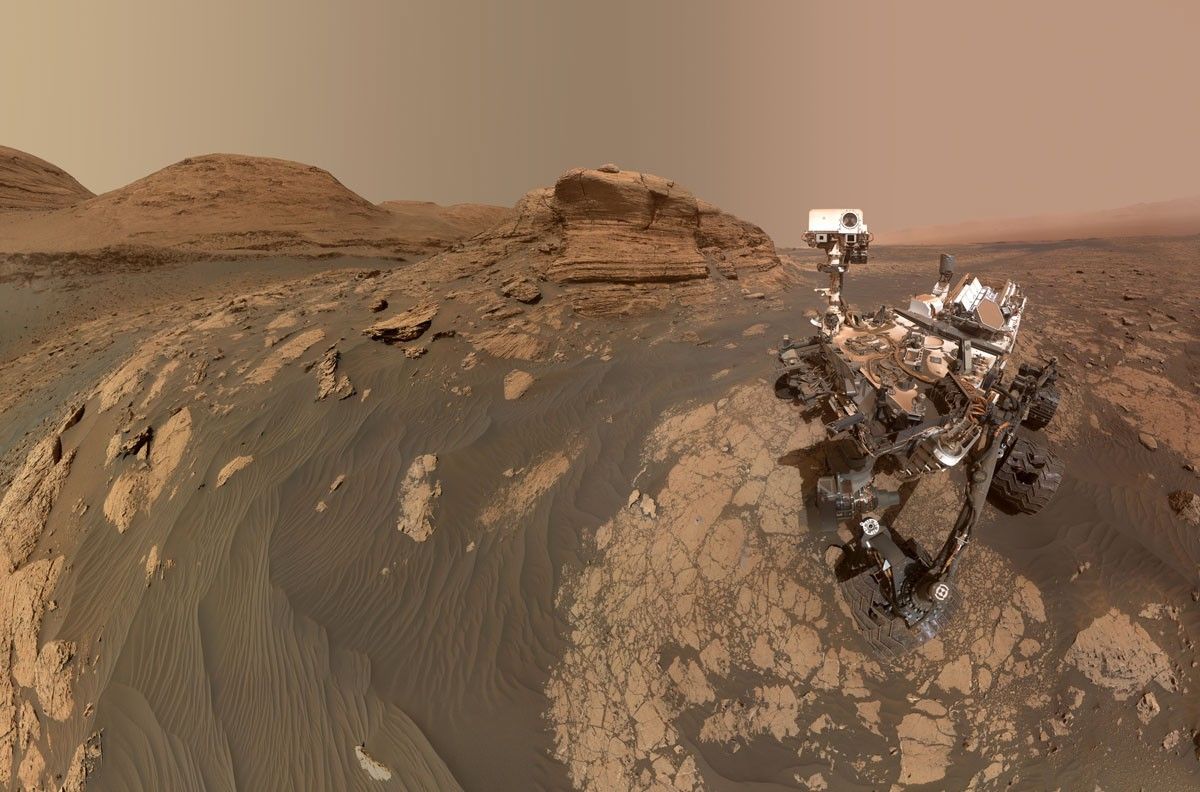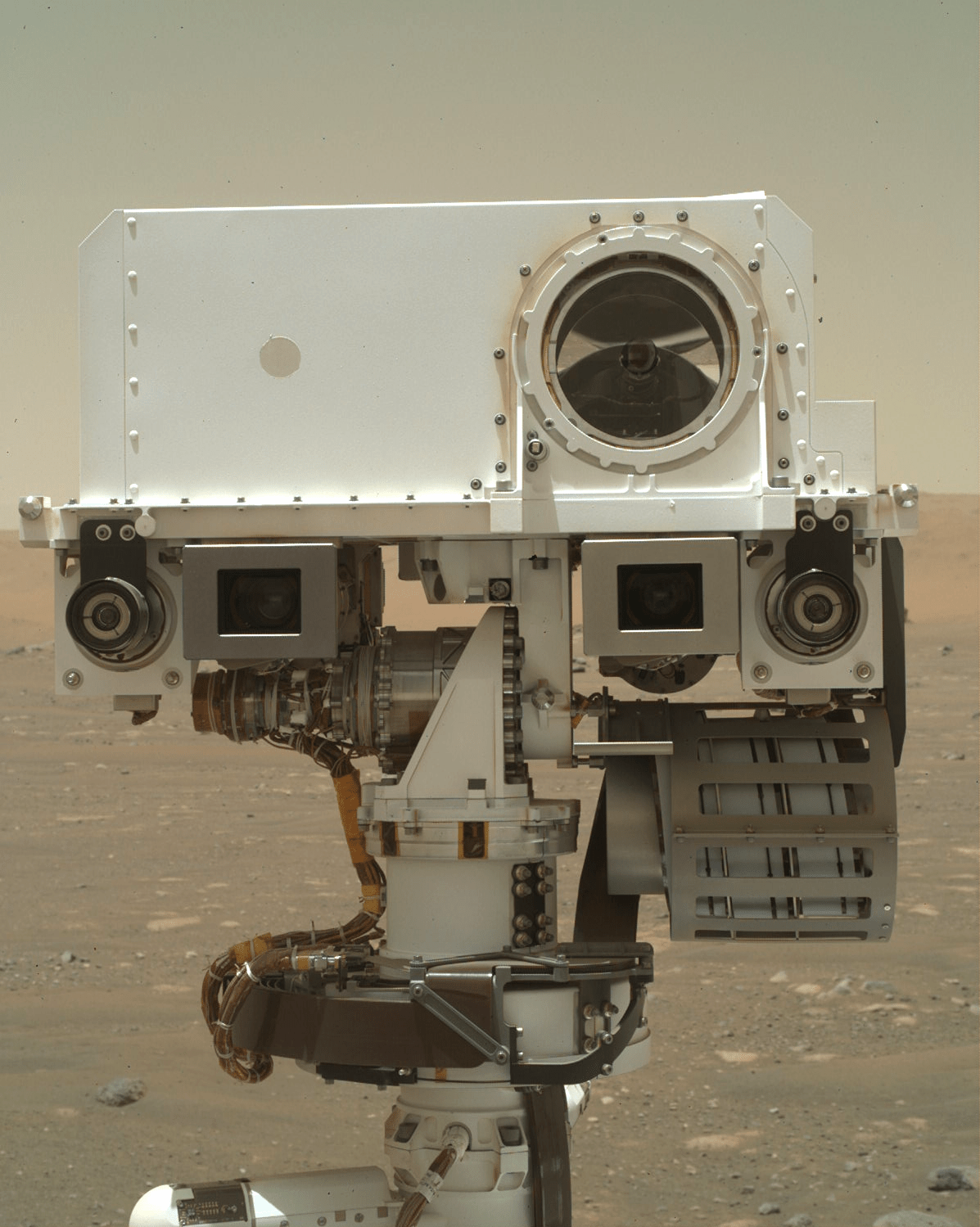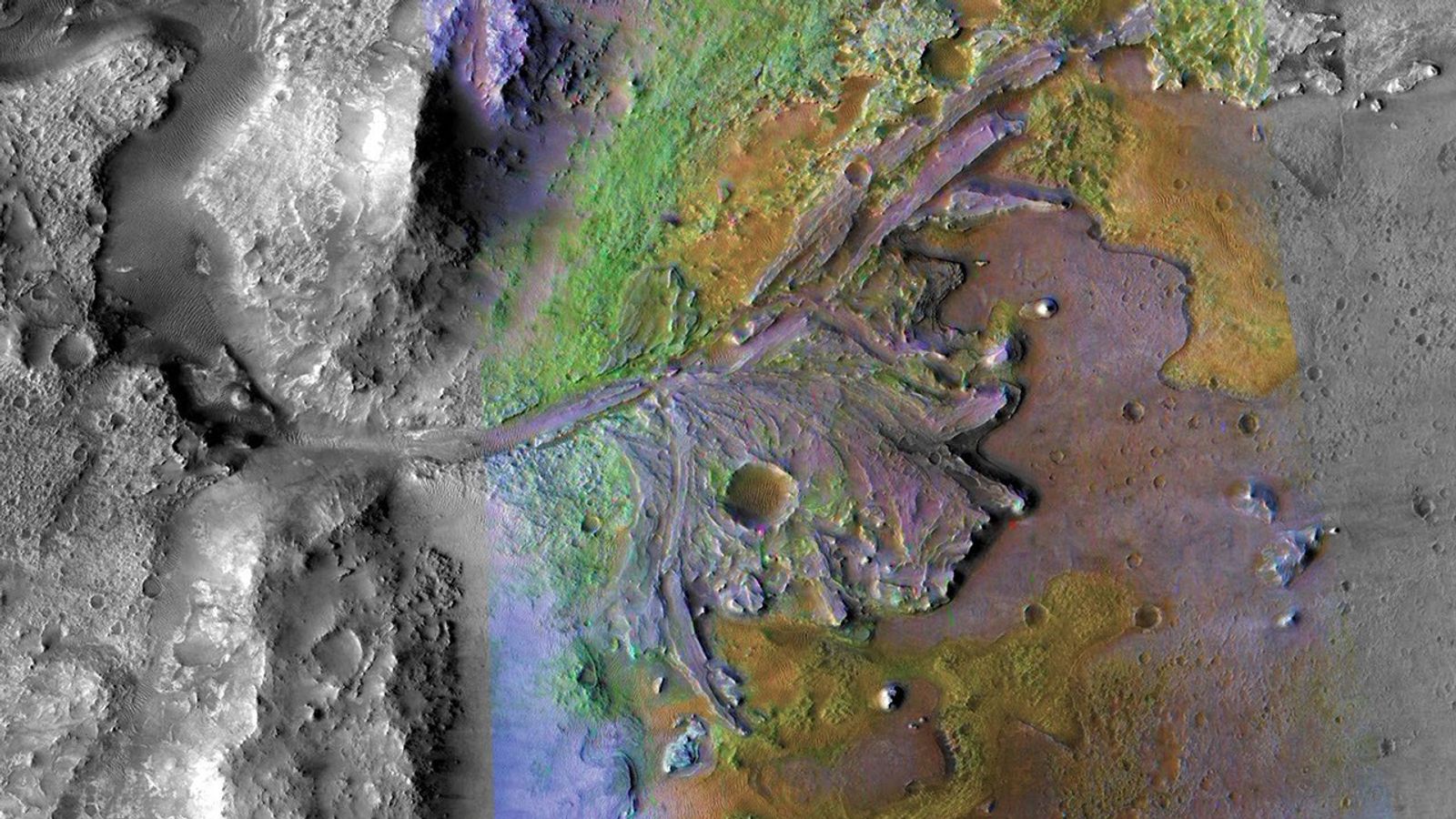Apologies for the lateness of this week’s update: The rover
is fine, gradually working its way around the north end of a large dune. I’m just an absent-minded blogger with too many other things going on!
We started this week on Tuesday with the Sol 1256 plan. This
included some long distance ChemCam RMi images of a location on Mt. Sharp that
I have been advocating for, plus some small Mastcam mosaics of targets "Chuos",
"Guinas", "Aroab", and the rover deck. This was followed by a ~30 m drive and
post-drive imaging.
The 1257 plan was more challenging than we would have liked
because we didn’t get the data expected from Sol 1256 due to an issue with the
Deep Space Network (the data isn’t lost, just delayed). With most of our data
missing, Sol 1257 ended up being mostly untargeted observations. ChemCam did an
RMI calibration target observation, followed by a long-distance RMI mosaic of
the Peace Vallis alluvial fan. Navcam had an atmospheric observation to look
for clouds and measure wind direction right above us. After that, the rover did
a "turn for comms" where we turn in place to improve our ability to uplink and
downlink data, followed by some post "drive" imaging.
On Sol 1258 we had a bunch more untargeted observations.
Navcam had several atmospheric observations, watching for clouds over Mt. Sharp
and straight above the rover, plus watching for dust devils. ChemCam had a
passive sky observation to measure the atmospheric composition, and Mastcam had
an observation of the crater rim to measure the dust in the atmosphere and a
tau measurement of the sun for a similar purpose.
In the second science block on Sol 1258, ChemCam repeated
the passive sky observation, and Mastcam repeated the observation of the crater
rim and the sun. These Mastcam observations were repeated one more time later
in the day to see whether the amount of dust changes with time of day.
For today’s weekend plan, there was some uncertainty about
whether the rover would be level enough to allow for contact science, but we
were happy to find out that it is! We start out on Sol 1259 with ChemCam
observations of the targets "Gross Aub", "Groot Aub", "Gorob", and "Grosskopf",
with Mastcam images to document. Navcam also has an atmospheric observation.
Then later in the day we will brush the dust off of the target "Gorob", with
MAHLI images before and after. MAHLI
will also take some images of "Groot Aub". APXS will then measure the
composition of "Groot Aub" and then do an overnight measurement of "Gorob". On Sol
1260 we will drive a few meters, then take some pictures of the wheels with
MAHLI, and then continue driving for another hour or so, followed by post-drive
imaging. Finally, on Sol 1261, ChemCam will do some calibration target
observations, and Navcam has a few more atmospheric observations. by Ryan Anderson -Ryan is a planetary scientist at the USGS Astrogeology Science Center and a member of the ChemCam team on MSL. Dates of planned rover activities described in these reports are subject to change due to a variety of factors related to the Martian environment, communication relays and rover status.
Written by Ryan Anderson, Planetary Geologist at USGS Astrogeology Science Center


